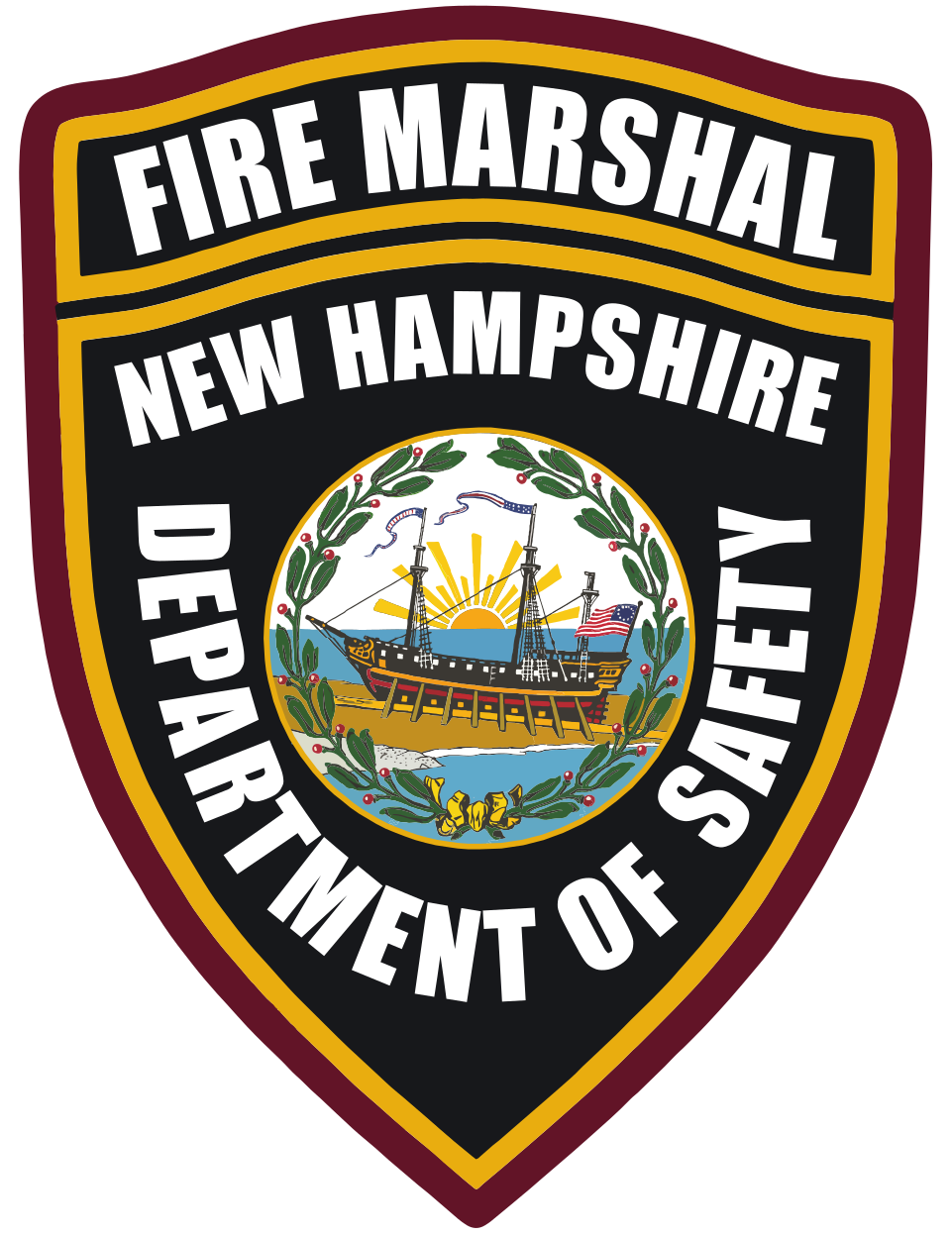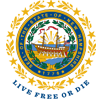News and Events
Contact
Community Risk Reduction (CRR) Week is January 15-21
Home fire prevention and safety starts with YOU. Pay attention to fire prevention.
Concord, NH – Community Risk Reduction (CRR) Week kicks off January 15 on Martin Luther King Day, a National Day of Service, and runs through January 21. The goal of CRR Week is to raise awareness among the fire service nationwide about the role of CRR and how any department, no matter the type or location, can use CRR strategies to make their community and department safer. It is also an opportunity to remind people of some important steps they can take to stay safe and reduce fire-related risks at home.
Every 21 seconds, a fire department in the United States responds to a fire somewhere in the nation, causing an estimated $18 billion in property damage. Among fires that caused civilian injuries, nationally and in New Hampshire, three quarters were related to fires that occurred in the home. Fires in New Hampshire were responsible for over 100 reported civilian injuries from 2020-2023 and, as the fire service responds to a growing number of medical calls, they were called to over 338,000 from 2020 – 2023. Many of these calls for service are preventable.
Here in New Hampshire, cooking and heating are two of the top leading causes of home fires, with departments reporting they responded to nearly 800 annually (combined) between 2018 and 2022. Two of every seven reported home fires in New Hampshire starts in the kitchen, with 29% of these fires resulting from unattended cooking.
The NH State Fire Marshal's Office offers these key safety tips:
- Always keep a close eye on what you are cooking. Set a timer to remind you that you are cooking.
- Turn pot handles toward the back of the stove. Always keep a lid nearby when cooking. If a small grease fire starts, slide the lid over the pan and turn off the burner.
- Have a "kid- and pet-free zone" of at least 3 feet (1 meter) around the stove or grill and anywhere else hot food or drink is prepared or carried. Also, have a 3-foot safety zone around heating equipment, such as space heaters, fireplaces, wood-burning stoves, or furnaces. Make sure flammable household items including furniture, drapes, cushions or rugs are outside this zone as well.
- When using a portable electric space heater, plug it directly into a wall outlet. Do not run an electrical cord under a rug; this can be a serious tripping hazard. Never block an escape route or exit.
- Having working smoke and carbon monoxide alarms are in important part of a home fire escape plan if there is an emergency. Smoke alarms should be installed in every bedroom. They should also be outside each sleeping area and on every level of the home, including the basement. Replace all smoke alarms that are older than 10 years.
Community Risk Reduction is a data-informed process to identify and prioritize local risks, followed by an integrated and strategic investment of resources to reduce their occurrence and impact. Its goal is to reduce the occurrence and impact of emergency events for both community members and emergency responders, with the five E's performed as part of an integrated Community Risk Reduction program: Education, Engineering, Enforcement, Emergency Response and Economic Incentives.
During CRR Week and throughout the year, communities can take advantage of an extensive toolkit of resources, including videos, podcasts, data tools, online guides, standards, risk assessments, online forums, a fire safety materials generator, home safety visit app and educational courses.
Fire service professionals are encouraged to take the "CRR Essentials" course on IFSTA Resource One, and check out the "CRR Toolkit," with resources to incorporate CRR into their service delivery and interventions.
For more information and to participate in CRR Week, visit www.CRRWeek.org
State Fire Marshal Sean Toomey encourages all residents to be vigilant about fire safety and reminds citizens that "smoke and carbon monoxide alarms save lives. Make sure you have working smoke and carbon monoxide alarms installed in your home."



